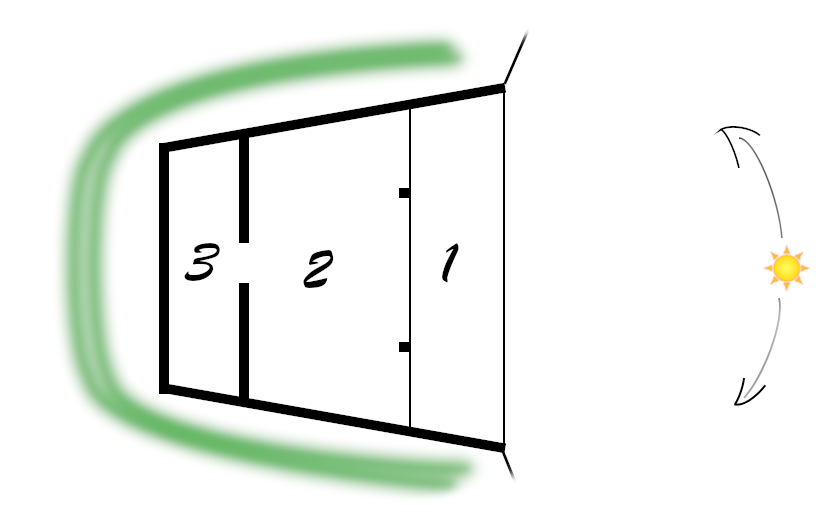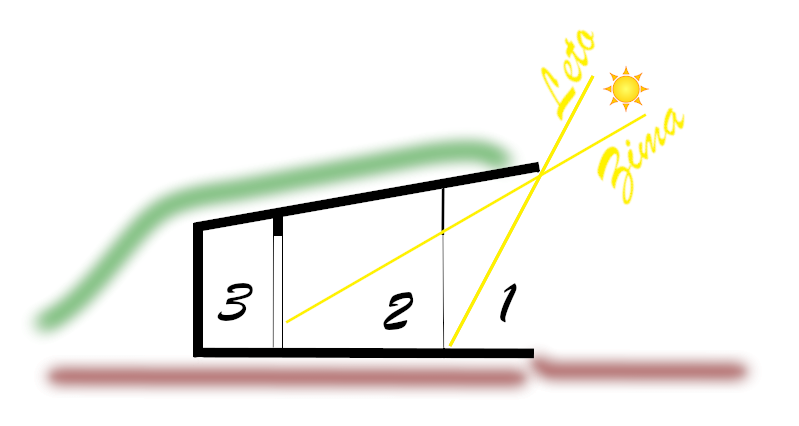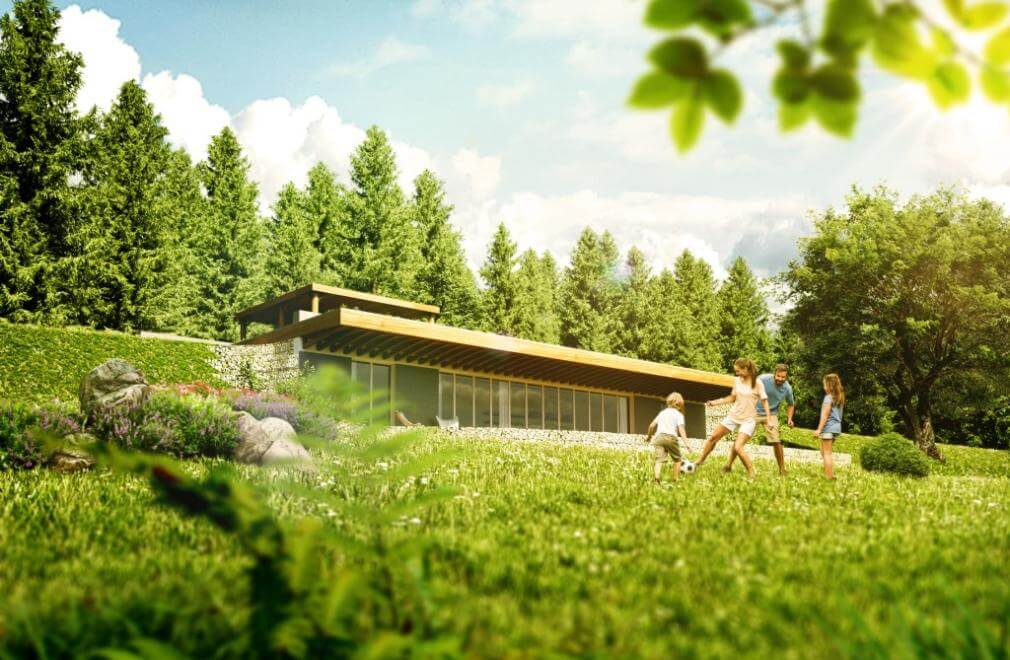We live in a technical age, talking about smart solutions. We evaluate all parameters according to metric quantities (millimeters, seconds, kilowatt-hours). Quantification is necessary for us to realize the achievement of artificially set limits. However, what do (numerical) values and parameters say about comfortable living? Why does it make sense to be inspired by the so-called Socratic house?
When we build a house that we will use for 50 years, we are interested in how we will live in it and how much energy we will consume. We replace a car every 10-15 years, but a house is here for half a century and affects 3 or more generations. That is why much higher demands are placed on it. When designing a house, we can base it on technical smart solutions. Or we can build naturally, smart. One such example has been known since the 5th century BC. It comes from the Greek philosopher Socrates (470-399 BC), who noticed what a person needs for life.
Basic needs of the house:
- Store part of your crop (today we would say to have your own storage space)
- Enough sun/light for better health and mental well-being
- The need to be in the fresh air
- Waste as little as possible and use what nature offers
Socrates' house
The basic arrangement of the house, which we call Socrates', is divided into three parts:
- pergola/terrace - 1
- living space - 2
- storage space - 3

The principle is simple
The covered terrace provides shade in the summer sun and creates a breeze. It serves to prevent the sun from shining directly into the living spaces. As soon as the sun shines directly into the windows, the interior heats up, and it is difficult to get rid of the heat, for example, with air conditioning or night ventilation. External lamellas or blinds can also deflect sunlight. But who would want to live in the dark or with a grid behind the window when there is such a beautiful view from the house in summer?
In the winter
In winter, on the contrary, we want as much sunlight as possible to get inside. Therefore, the roof slopes upwards to allow the sun's rays to heat the house. The longer roof overhang of the terrace also has advantages other than technical ones. We spend much less time washing windows, as most of the rain cannot reach them. In addition, windows hidden from the summer sun and partially from the frost will last longer, beautiful and functional.
The terrace and entrance to the house should be as wide as possible so that we feel comfortable for as long as possible thanks to the amount of natural light and heat. We also get a panoramic view.
Living space
The living space is the central part of the house. It should be sunny, warm, and pleasant. We can also heat it with technology. But natural sunlight will make the house pleasant even if the temperature drops by 2-3°C. The living area should be of medium size. The principle of Socrates' house can also be applied to individual rooms. You have a table by the window and a bed in the back.
The back part of the house
The back part of the house is for storage/warehousing. It should be the smallest (the more storage space a person has, the more they store/accumulate, and the less they save on life's joys). The rear, ideally northern, part of the house serves two purposes. It acts as a buffer zone against cold entering the living area and provides storage space with stable conditions. It can be cold, we don't need windows here, just ventilation. It ensures stable conditions for storage, which results in a longer lifespan for stored items (food, but also clothing, tires, and others).
Everything can be replaced with smart technology. But why, when we can harness energy from nature?
